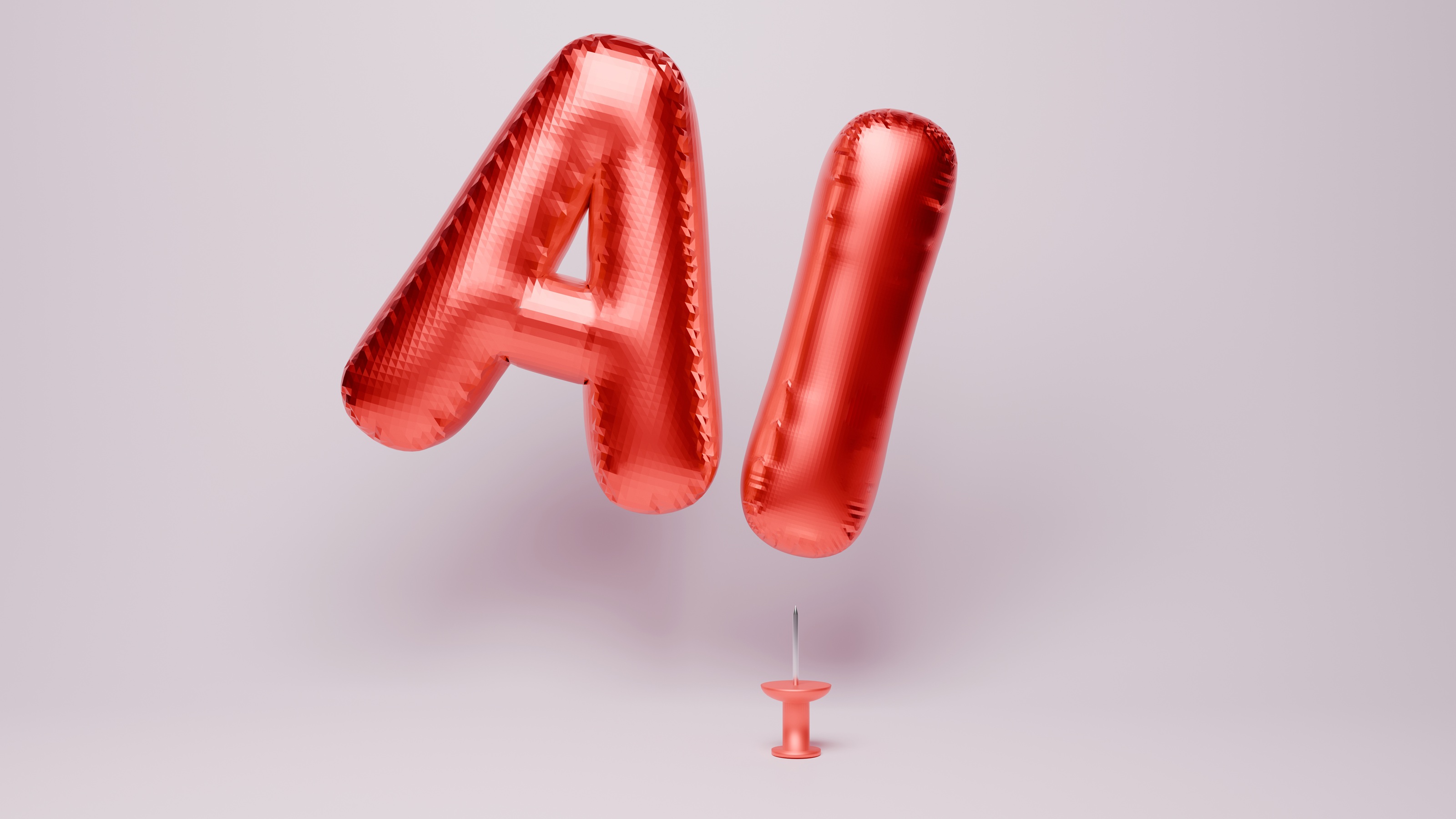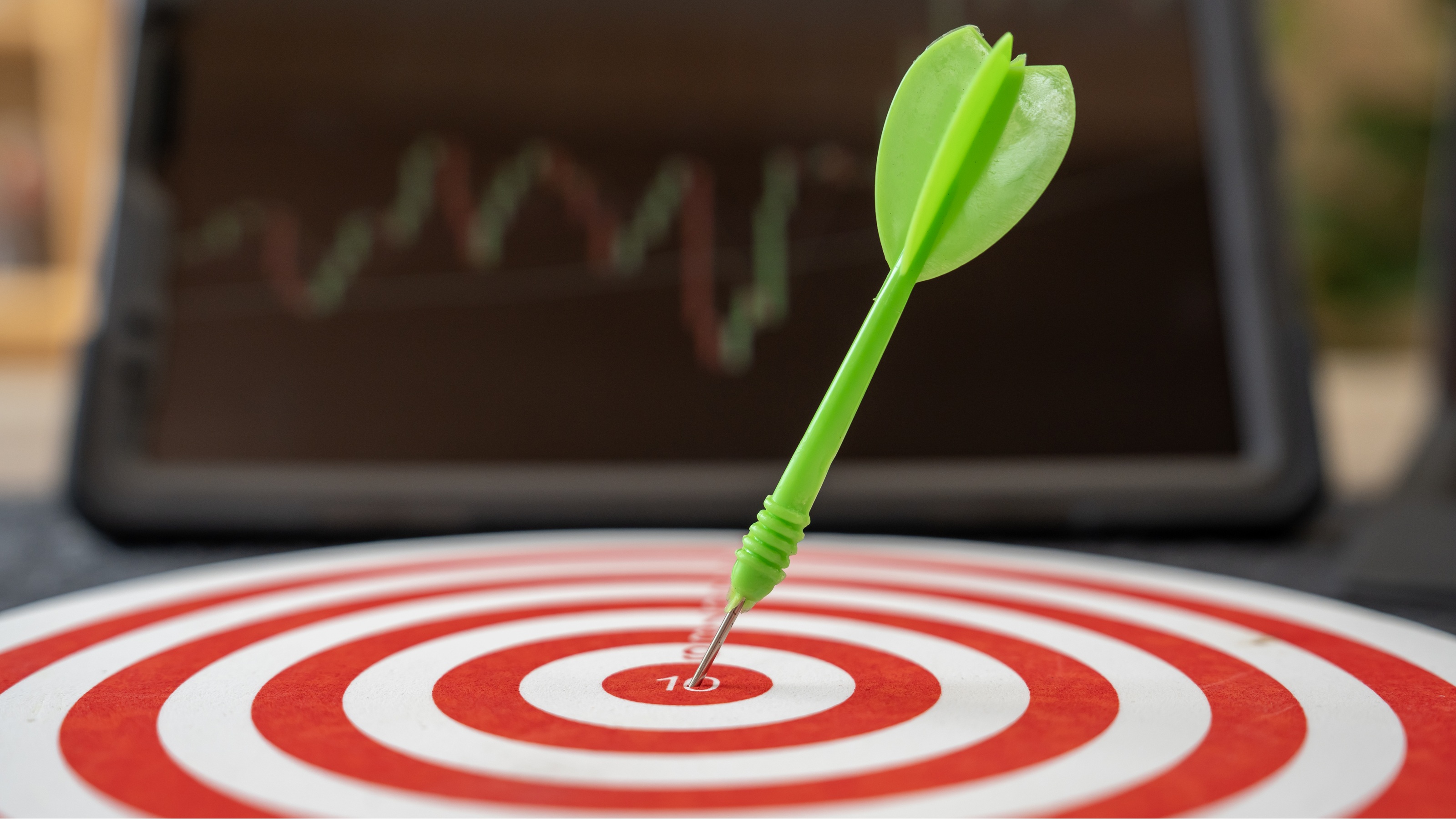Roth IRA Conversions are on Sale
Many retirement savers can get an extra-good deal on Roth conversions right now. Here's why.


While we hope for an end to the current coronavirus pandemic, there may be a silver lining for retirement savers during this time of disruption. If you can manage doing a Roth IRA conversion, you’ll likely pay a lot less to do it now.
Why? For a few reasons. Many people will find themselves in lower tax brackets in 2020, either because of the loss of income from a job layoff or, for retirees age 72 or older, because the CARES Act allows them to skip their taxable required minimum distributions from their retirement accounts for 2020. (For more on that, please read A Hidden Benefit of the Coronavirus Stimulus Bill: You Can Wait to Take Your RMD.)
In addition, many of these same people own stocks in their company retirement plans or IRAs that are down in value due to the recent severe market drop.
From just $107.88 $24.99 for Kiplinger Personal Finance
Become a smarter, better informed investor. Subscribe from just $107.88 $24.99, plus get up to 4 Special Issues

Sign up for Kiplinger’s Free Newsletters
Profit and prosper with the best of expert advice on investing, taxes, retirement, personal finance and more - straight to your e-mail.
Profit and prosper with the best of expert advice - straight to your e-mail.
A Golden Opportunity
This confluence of circumstances creates a golden opportunity to pay less in taxes when converting a pre-tax IRA to a tax-free Roth IRA (or when converting a pre-tax 401(k) to a Roth 401(k), if the company allows it). When the market rebounds, anyone owning stocks in their IRAs will, in effect, be getting their Roth IRA at a bargain price.
For example, let's say you have a pre-tax IRA invested in stock mutual funds that were valued at $30,000 at the market peak in February of this year. And today the value is $24,000. Let’s also assume you are married filing a joint return and have reduced taxable income either through a job layoff and/or because of the suspension of your RMD.
To make it an even sweeter scenario, let’s say that this reduction in your income reduces your tax bracket from 22% to 12% with projected taxable income of $55,000 for 2020. You can convert the $24,000 pre-tax IRA to a Roth IRA and pay tax on $24,000 in a 12% bracket instead of your former 22% bracket.
The end result is that it would cost you $2,880 in taxes to do the Roth conversion instead of the $5,280 it would cost you in the 22% bracket. And if the market rebounds to its pre-crash level your IRA is now worth $30,000 again.
If this happens, the end result will be you get what equates to an extra $6,000 in your Roth IRA without paying any taxes on it. And from there on out, your Roth IRA grows tax-free, there are no capital gains taxes to pay and all your qualified withdrawals will be tax-free as well. That’s a pretty good deal.
Tax Rates Going Higher
The time to make these extra-cheap conversions is limited, however. Longer-term tax rates are likely to be higher than where they are now, making future Roth conversions more expensive if you wait too long. One reason for this is because our current, more favorable tax brackets are scheduled to expire after 2025 and return to 2017 levels, with five of the seven tax brackets going higher.
In addition, our current deficits and the recent $2 trillion-dollar-plus Coronavirus stimulus package will also add to the upward pressure on tax brackets, as the government looks for sources of tax revenue to pay these deficits down.
Return Those RMDs
If you already took your required minimum distribution for 2020, or what you thought was your RMD, and you don’t need the money, you may now wish to return it since they are not required for this year. Then, if it makes sense, the money could be used in a far more tax-efficient way, by converting some or all of it to a Roth IRA.
There are two possible ways to put the RMD back:
- The most certain way is if the RMD distribution took place within the last 60 days and you haven’t already done your one IRA rollover that you’re allowed to do for each 365-day period. In this case you can simply write a check for the RMD amount and put it back into the IRA before the end of the 60-day rollover period.
- If you took the RMD very early in the year and you have gone past your 60-day rollover window there is still another possible approach to put it back. If you can show that you have been impacted by the COVID-19 crisis enough to qualify under the liberal guidelines for the withdrawal of up to $100,000 under the recently passed CARES Act, this would allow you to put up to $100,000 of your RMD back into your IRA.
Lemons or Lemonade?
While it’s everyone’s hope to see the coronavirus come to an end and stocks to go back to their previous highs and beyond, in the meantime a carefully planned Roth conversion this year may be a way to turn lemons into lemonade.
Profit and prosper with the best of Kiplinger's advice on investing, taxes, retirement, personal finance and much more. Delivered daily. Enter your email in the box and click Sign Me Up.

-
 The Retirement Donor's Checklist: Key Deadlines by Gift Type
The Retirement Donor's Checklist: Key Deadlines by Gift TypeRetirees have some charitable contribution options that can help avoid spikes in income from RMDS and capital gains.
-
 Cooler Inflation Supports a Relief Rally: Stock Market Today
Cooler Inflation Supports a Relief Rally: Stock Market TodayInvestors, traders and speculators welcome much-better-than-hoped-for core CPI data on top of optimism-renewing AI earnings.
-
 Are T-Mobile's Prepaid Perks a Home Run or a Strikeout?
Are T-Mobile's Prepaid Perks a Home Run or a Strikeout?T-Mobile's prepaid lineup promises MLB.TV, T-Mobile Tuesdays and hotspot data. But do the perks make it worth switching?
-
 5 Smart Things to Do With Your Year-End Bonus, From a Financial Professional
5 Smart Things to Do With Your Year-End Bonus, From a Financial ProfessionalAfter you indulge your urge to splurge on a treat, consider doing adult things with the extra cash, like paying down debt, but also setting up a "fun fund."
-
 Are You a Gen X Investor? Here's How You Can Protect Your Portfolio From an AI Bubble
Are You a Gen X Investor? Here's How You Can Protect Your Portfolio From an AI BubbleAmid talk of an AI bubble, what's the best course of action for investors in their 50s and 60s, whose retirement savings are at risk from major market declines?
-
 Hey, Retirees: Put Your Charitable Gifts in a Donor-Advised Fund (and Enjoy Your Tax Break)
Hey, Retirees: Put Your Charitable Gifts in a Donor-Advised Fund (and Enjoy Your Tax Break)A donor-advised fund is a simple (really!), tax-smart strategy that lets you contribute a large, tax-deductible gift now and then distribute grants over time.
-
 If You're a U.S. Retiree Living in Portugal, Your Tax Plan Needs a Post-NHR Strategy ASAP
If You're a U.S. Retiree Living in Portugal, Your Tax Plan Needs a Post-NHR Strategy ASAPWhen your 10-year Non-Habitual Resident tax break ends, you could see your tax rate soar. Take steps to plan for this change well before the NHR window closes.
-
 Could Target-Date Funds With Built-In Income Guarantees Be the Next Evolution in Retirement Planning?
Could Target-Date Funds With Built-In Income Guarantees Be the Next Evolution in Retirement Planning?With target-date funds falling short on income certainty, retirement plans should integrate guaranteed income solutions. Here is what participants can do.
-
 Your Year-End Tax and Estate Planning Review Just Got Urgent
Your Year-End Tax and Estate Planning Review Just Got UrgentChanging tax rules and falling interest rates mean financial planning is more important than ever as 2025 ends. There's still time to make these five key moves.
-
 Past Performance Is Not Indicative of Your Financial Adviser's Expertise
Past Performance Is Not Indicative of Your Financial Adviser's ExpertiseMany people find a financial adviser by searching online or asking for referrals from friends or family. This can actually end up costing you big-time.
-
 I'm a Financial Planner: If You're Not Doing Roth Conversions, You Need to Read This
I'm a Financial Planner: If You're Not Doing Roth Conversions, You Need to Read ThisRoth conversions and other Roth strategies can be complex, but don't dismiss these tax planning tools outright. They could really work for you and your heirs.